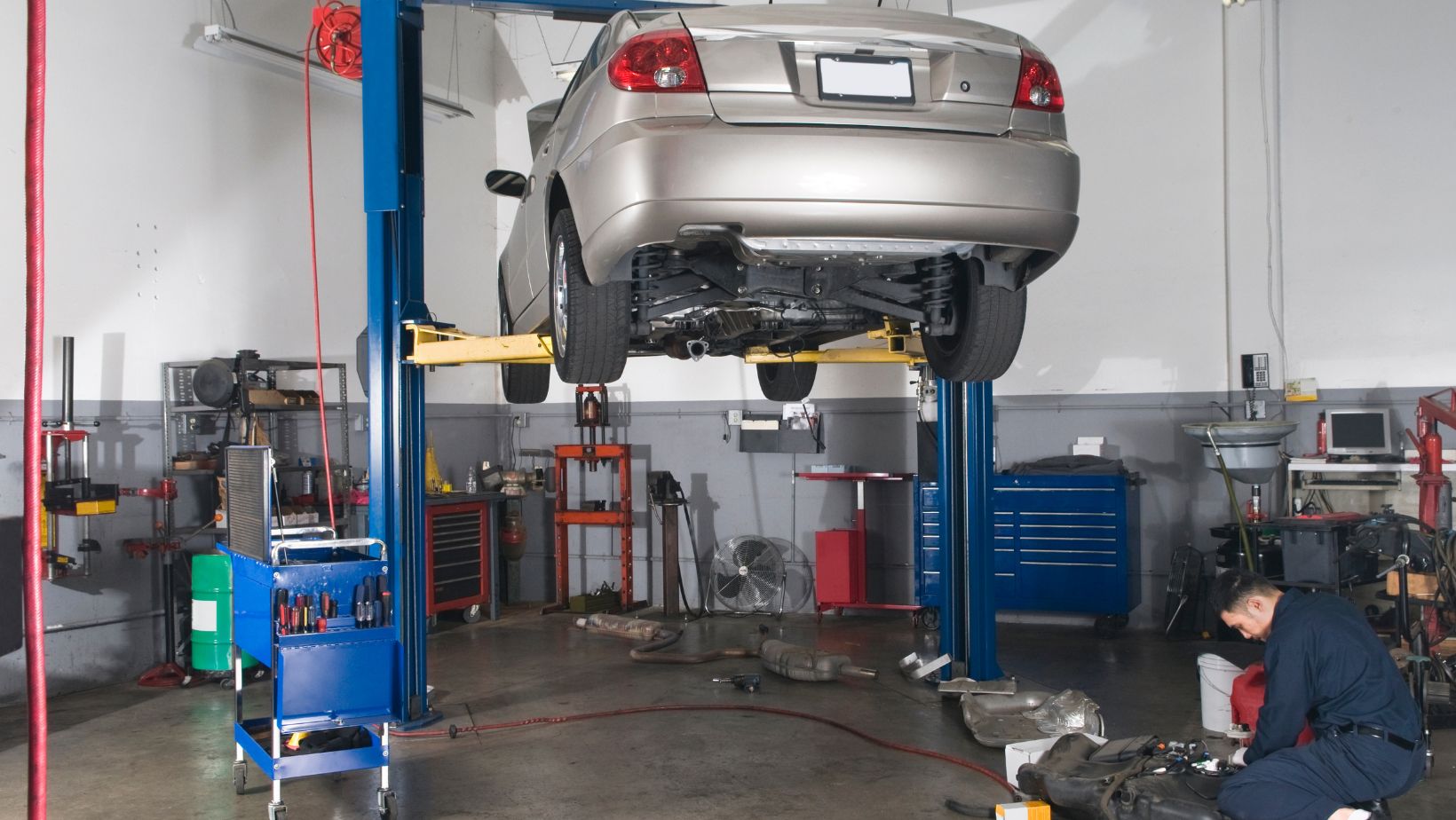 How To Repair a Cloth Car Seat Tear
How To Repair a Cloth Car Seat Tear
If you’re like me, you take pride in keeping your car clean and well-maintained. However, accidents happen, and sometimes your cloth car seats can end up with unsightly tears. But fear not! In this article, I’ll share my expert tips and tricks on how to repair a cloth car seat tear. With just a few simple steps, you can restore your car seats to their former glory and save yourself the hassle and expense of replacing them.
First things first, it’s important to assess the extent of the tear. Is it a small, minor tear or a larger, more significant one? This will determine the approach you need to take. For small tears, you may be able to fix them yourself with some basic tools and materials. However, for larger tears or if you’re not confident in your DIY skills, it may be best to seek professional help.
Now that you’ve assessed the tear, it’s time to gather the necessary materials. You’ll need a fabric repair kit, which typically includes adhesive, patches, and a color-matching guide. Make sure to choose a kit that matches the color and material of your car seats. Additionally, have a pair of scissors, a clean cloth, and some rubbing alcohol on hand. Once you have all the materials ready, you’re ready to start repairing your cloth car seat tear.

Understanding the Damage
Assessing the Severity of the Tear
When it comes to repairing a tear in a cloth car seat, the first step is to assess the severity of the damage. This will help determine whether the tear can be fixed with DIY methods or if professional help is needed. Here are a few things to consider when assessing the severity of the tear:
- Size: Take a close look at the tear and determine its size. Is it a small tear or a large one? Small tears, such as those less than an inch in length, can often be repaired with DIY methods. However, larger tears may require professional assistance.
- Location: Consider where the tear is located on the car seat. Is it in a visible area, such as the front or the center of the seat? Tears in these areas may be more noticeable and require a higher level of repair. On the other hand, tears in less visible areas, such as the back or the sides of the seat, may be easier to fix.
- Extent: Evaluate the extent of the tear. Is it a clean cut, or does it have frayed edges? Clean cuts are generally easier to repair, while tears with frayed edges may require additional steps, such as trimming or stitching.
By considering these factors, you can better understand the severity of the tear and determine the appropriate course of action for repair.
Identifying the Type of Fabric
Another important aspect of repairing a cloth car seat tear is identifying the type of fabric involved. Different fabrics require different repair techniques and materials. Here’s how you can identify the type of fabric:
- Check the car manufacturer’s specifications: Look for any information provided by the car manufacturer regarding the type of fabric used in the car seats. This can often be found in the owner’s manual or on the manufacturer’s website.
- Inspect the fabric closely: Examine the fabric closely to determine its characteristics. Look for any patterns, textures, or variations in color that can help you identify the fabric type. Also, consider the thickness and elasticity of the fabric, as these can vary between different materials.
- Perform a burn test: If you’re still unsure about the fabric type, you can perform a burn test. Take a small piece of the fabric (obtained from an inconspicuous area) and carefully burn it with a lighter or match. Observe how the fabric burns and the smell it produces. Different fabrics will have distinct burn patterns and smells.
By accurately identifying the type of fabric, you can ensure that you select the appropriate repair materials and techniques for the job.
Remember, assessing the severity of the tear and identifying the type of fabric are crucial steps in successfully repairing a cloth car seat. By taking the time to understand the damage, you can make informed decisions and achieve the best results in your repair efforts.

 How To Repair a Cloth Car Seat Tear
How To Repair a Cloth Car Seat Tear




































